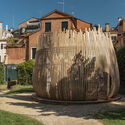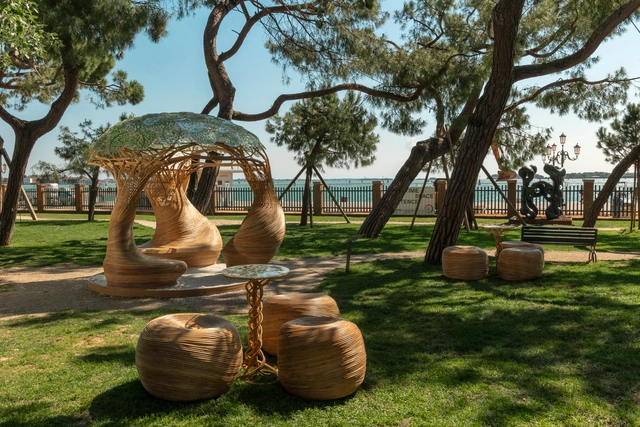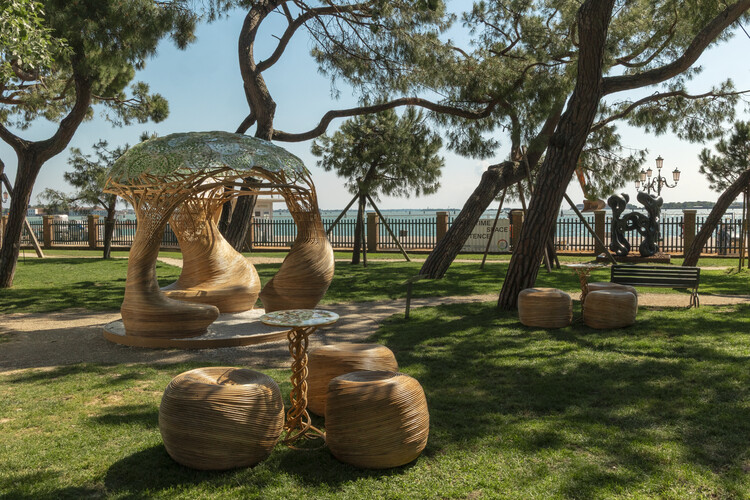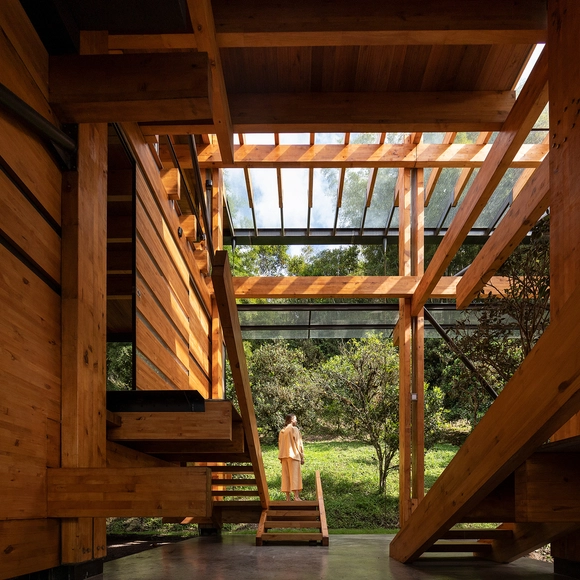
The European Cultural Centre (ECC) has announced the winners of the ECC Awards 2025, selected from participants of the seventh edition of Time Space Existence and unveiled during the exhibition's Closing Day on 23 November 2025 in Venice. Bringing together 207 practices from more than 52 countries, this year's edition highlighted a broad spectrum of architectural and design approaches responding to the themes of Repair, Regenerate, and Reuse. The awards recognise four projects that stood out for their originality, execution, narrative clarity, and forward-looking engagement with questions of sustainability, community, and the future of the built environment.













































![Wiki Tribe Park / Wiki World + Advanced Architecture Lab[AaL]. Image © Wiki World Introducing ArchDaily's First Exhibition: 'New Practices' at Time Space Existence 2025 in Venice - Imagem 3 de 4](https://images.adsttc.com/media/images/680b/0377/7922/e301/8762/ba27/thumb_jpg/time-space-existence_1.jpg?1745552265)



































